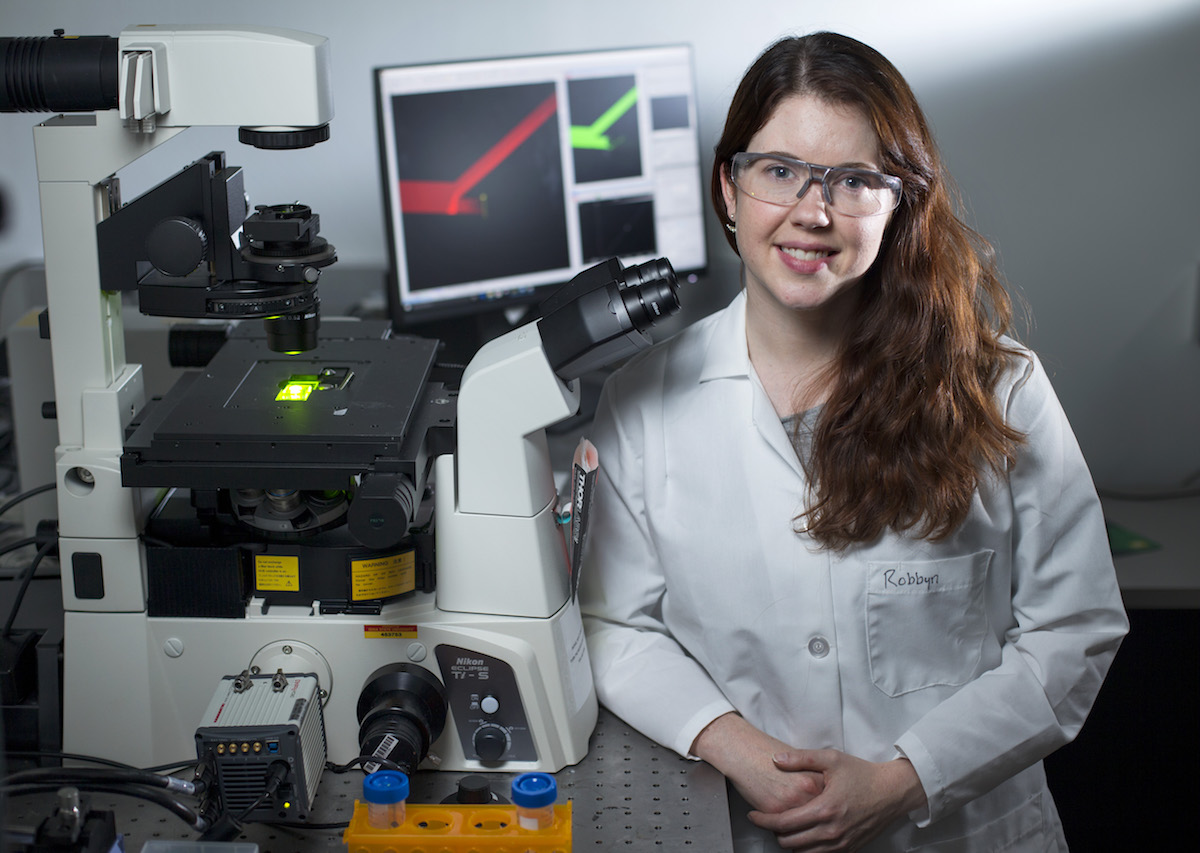
Faculty members in the Department of Chemistry were issued 20 patents in the 2018 fiscal year, making up half of the total patents issued within Iowa State University in that timeframe.
“Chemistry is widely known as a basic science, but it is also extremely practical,” said William Jenks, professor and chair of chemistry. “Iowa State’s chemistry department has an extremely strong research tradition, both on the basic and applied side.”
The high number of patents received shows the results of years of fruitful research and work. Even after the research is complete, it may take several years for a full patent to be issued.
“Although there is a certain level of coincidence that led to this huge number of issued patents in a single year, it is reflective of how basic and applied research both come out of the same laboratories here,” Jenks said.
For Robbyn Anand, assistant professor of chemistry, patents are a natural outcome of trying to use fundamental research to solve real-world problems.
“I feel like I can’t really be proud of what I’m doing unless it’s somehow fundamentally new science, or contains some component of that, but then on the other side I’ve really caught this bug of trying to solve a real-world problem where I can see the benefit of my research in the short term,” she said. “I try to design projects that have elements of both.”
Anand’s research has applications to the medical field. She uses a voltage to separate and capture individual cancer cells for analysis to improve the ability to give an accurate prognosis or to develop better treatment methods. Another line of her research works to develop a wearable hemodialysis machine to give patients with kidney disease a healthier and more convenient way to remove waste from their blood.
Anand, who joined Iowa State in 2015, already has one provisional patent, one patent application in review, and is working on another provisional patent application, thanks to the help provided through ISURF.
“We told them that we had, in our case, some devices and processes that we wanted to protect,” Anand said. “They came here to our office and were very friendly and asked enough questions so that they could understand the technology and what the possibility of marketing it at a later date would be.”
Company interest often starts early in the research to patent process. Interested companies will often collaborate or contribute to funding of research. A few years ago, an extra option was added to the patent process for companies who see particular potential to pay a fee in order to own the intellectual property involved.
“We have had a couple of grants with companies that have chosen that option and I think they’ve been much more involved,” said George Kraus, University Professor and professor of chemistry.
Kraus has received 24 patents over 42 years of research at Iowa State. He also continues to work on research which may result in patents.
One such research effort for Kraus, in collaboration with Aaron Sadow, professor of chemistry, is evaluating furandicarboxylic acid (FDCA) for use as a more sustainable alternative to polyethylene terephthalate (PET). PET is commonly found in plastic bottles such as water bottles.
“There’s a wide variety of uses but the most visible ones are the bottles,” Kraus said. “if one could identify ways of using more benign starting materials, that would be an important goal and a large number of companies are looking at that.”